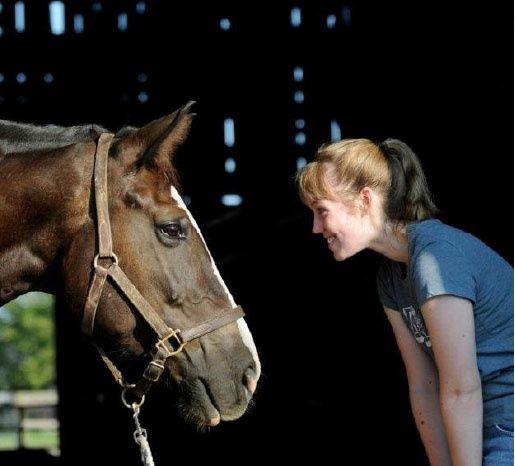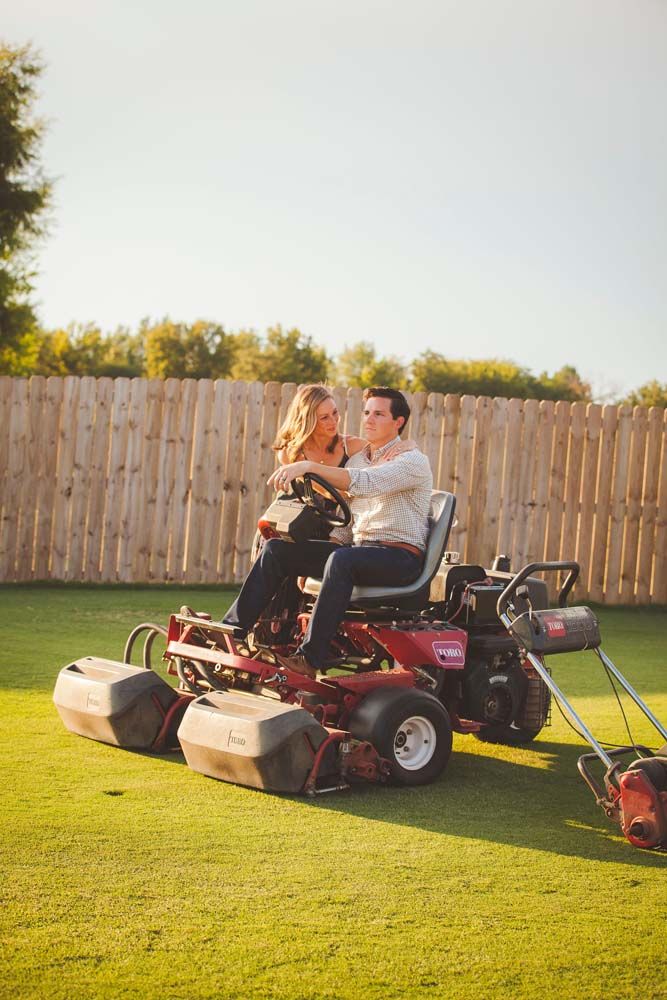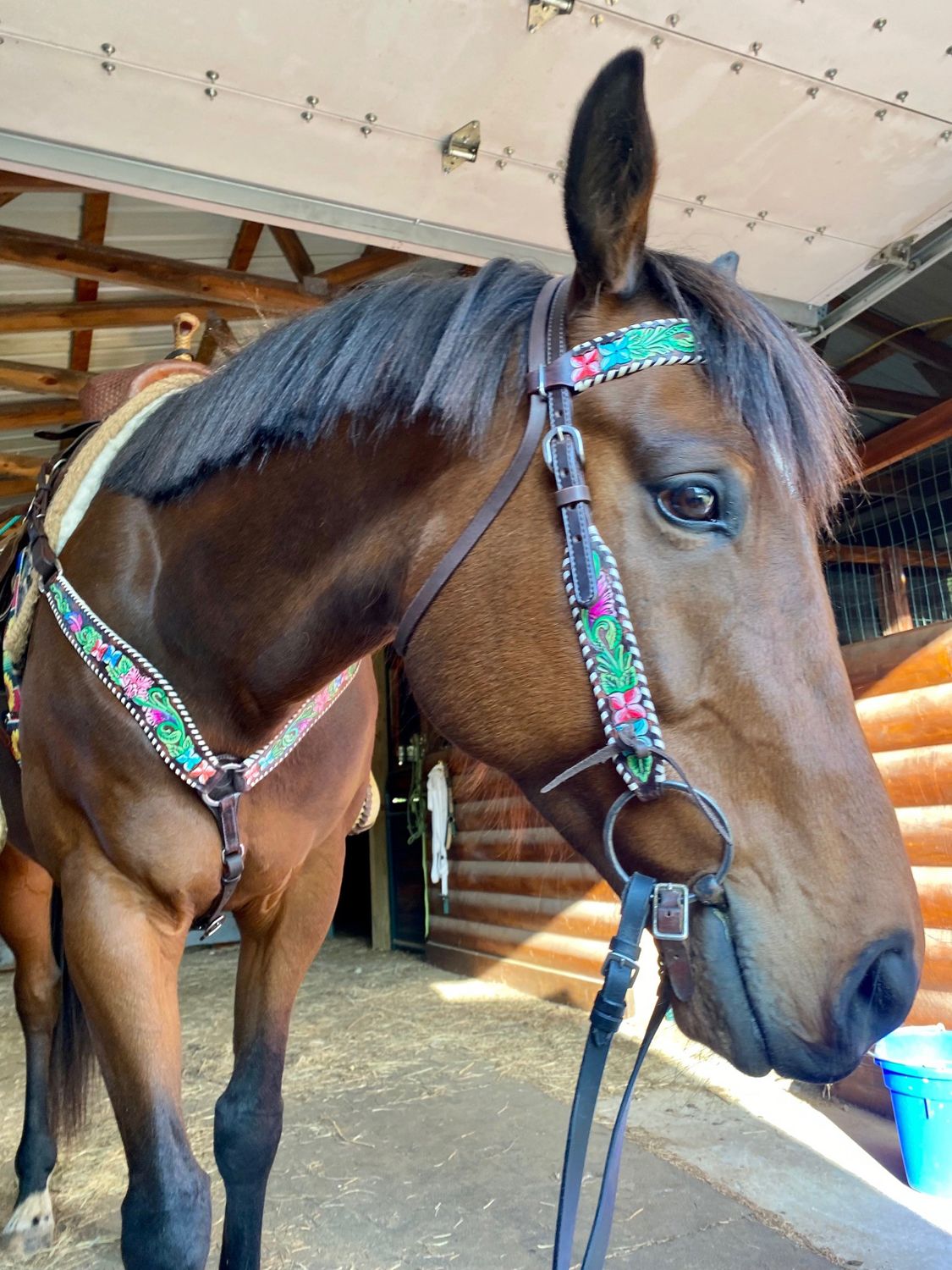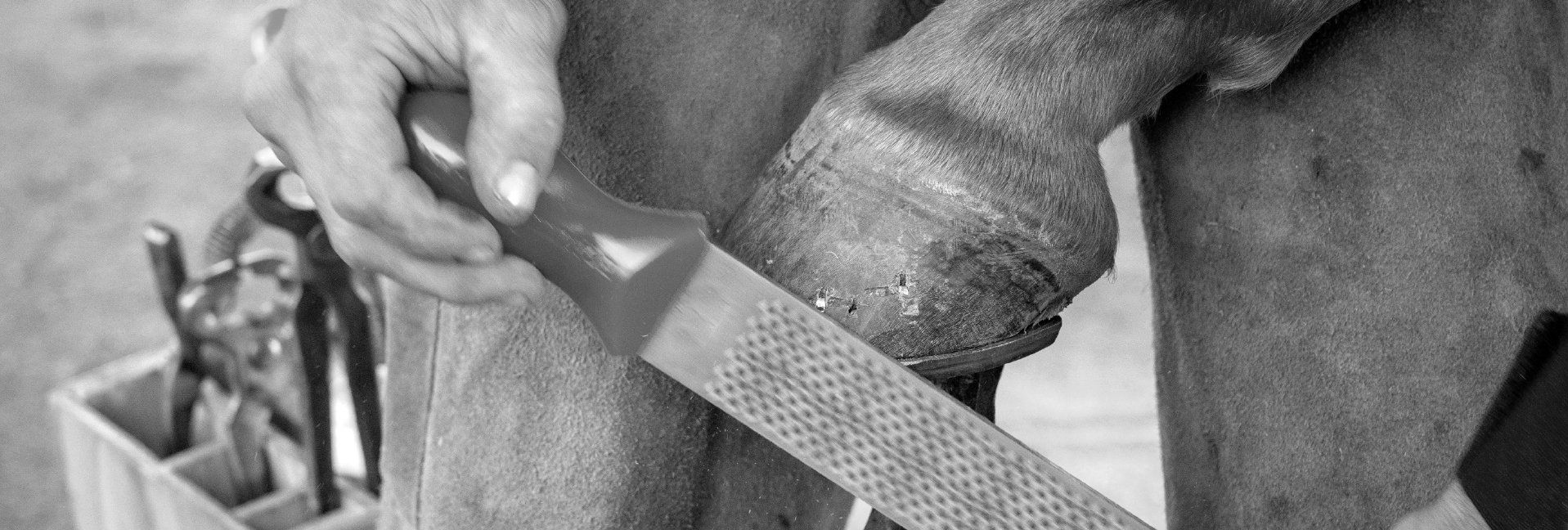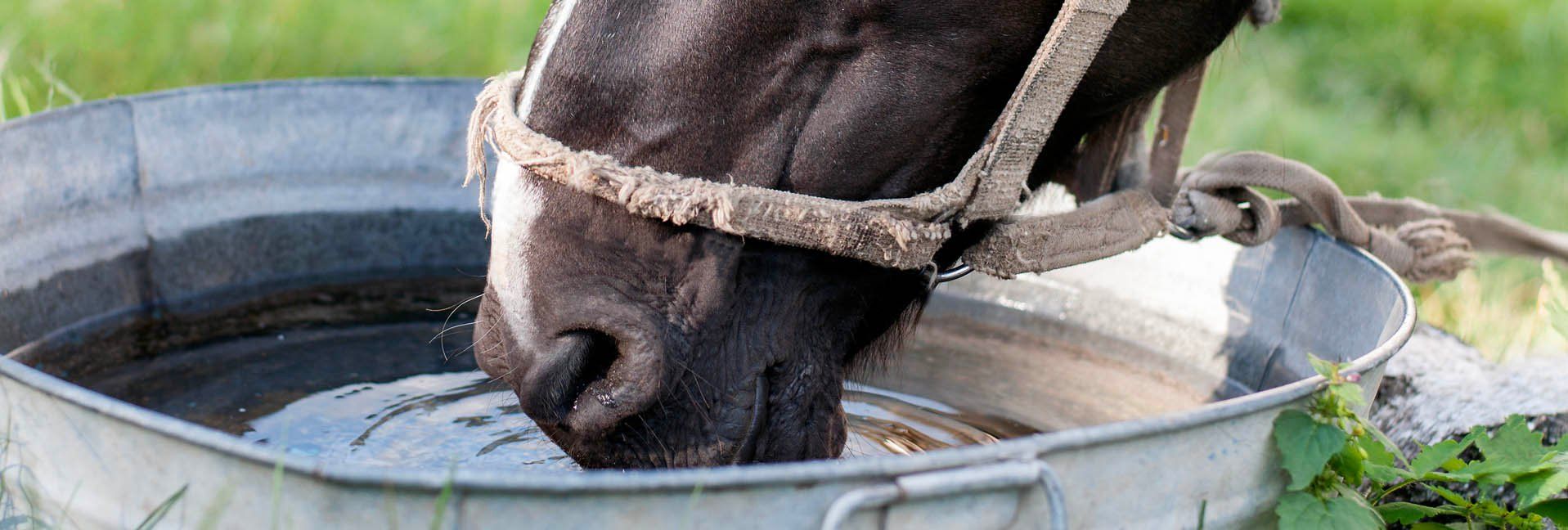When Winter Riding Isn’t A Wonderland


'The Most Wonderful Time of the Year' for riders isn't always so wonderful
Contrary to several popular Christmas carols, wintertime for riders really isn’t fit for the front of a greeting card most of the time. Depending on where you live, you may be dealing with a lot of snow and extreme cold, or ice and cold mud. Unless you have access to a covered arena, it can be a tough time to get much exercise with your horse.
Here in Central Kentucky, we don’t deal with accumulating snows on a regular basis and are firmly in the ‘winter is frozen mud season’ camp. I don’t think there are any perfect answers to the best way to ride in winter, but here are a few things I’ve learned:
- Different surface materials freeze at different rates. Where I board, the sand composition of our arena means it freezes later and thaws earlier than the ground in the pasture. I’ve also found that the amount of moisture in the ground dictates how hard it may be on a sunny afternoon moreso than the wind chill. Drier ground seems to thaw more completely if it’s allowed full sun.
- If I’m unsure about whether a muddy surface or partially frozen surface is too slick or ‘trappy’ for my horse, I watch the way she moves herself in the field. If she’s cantering over to the field and screeching to a last-minute stop, I think she has confidence in her ability to get traction. If I see her stepping carefully across the ground on the way inside for dinner, that tells me a lot about what she thinks she’s feeling. Remember, adding your own live weight, imperfect balance, and demand for more speed is going to be more complicated for the horse than their picking their way around unmounted.
- Personally, I don’t trot or canter on ground I think is frozen, even if the surface is fairly even and uncomplicated for the horse to navigate. I worry that it isn’t worth the concussion on my older mare’s joints, or my younger horse’s tender soles. That said, I do think that long walks aren’t likely to do any harm and can be beneficial for horses mentally, especially if they’ve been sitting around out of work for a while.
- My friends in the colder climates tell me that snow is a more forgiving surface than frozen bare ground, but you do have to be aware that deeper footing is more tiring for horses – much like when you walk in sand.
Shod horses can also experience snow or ice balling up along their shoes and creating discomfort, especially in really cold temperatures where the snowballs refreeze and become hard. I’ve heard of a range of remedies for this, from Vaseline to cooking spray to try to discourage the snow from sticking. I’ve yet to find a perfect solution on the rare occasions we get a heavy snow in my part of the world, other than diligently picking those feet out as much as possible.
- Remember that if your horse will heat and cool differently during and after winter rides. I choose to give my horses partial clips so that they can remain in work without being overheated in their longer winter coats, but the tradeoff is I need to make sure they’re appropriately blanketed and also that those blankets stay water-proof.
If you prefer not to clip, you’ll need to check more closely for sweat that may not froth to the surface of the coat (between the hind legs where the hair is naturally thin or absent is a good spot to reference for checking temperature). An overheated horse whose coat has gotten damp with sweat needs to dry as completely as possible before being turned back out in cold temps, so I like to have a fleece cooler on hand to help wick away moisture.
- Whether your horse is clipped or not, I’ve found winter can be primetime for skin disease – I suspect because horses either have long hair trapping heat and moisture against skin, or in more temperate areas we’re getting more rain and warmer air temperatures. Have your arsenal of skin funk treatments ready (and unfrozen) and remember to consult your veterinarian if you notice broken skin, swelling of the legs or indications a patch is causing your horse serious pain.
- Be patient! It seems like ages away, but the days will once again get longer and the sun will get warmer again.
Tags:Horse Sense

Acreage Life is part of the Catalyst Communications Network publication family.




